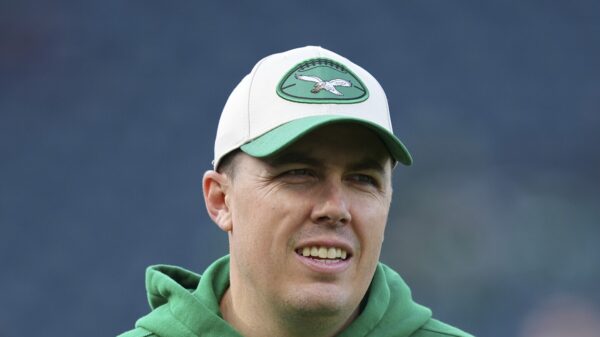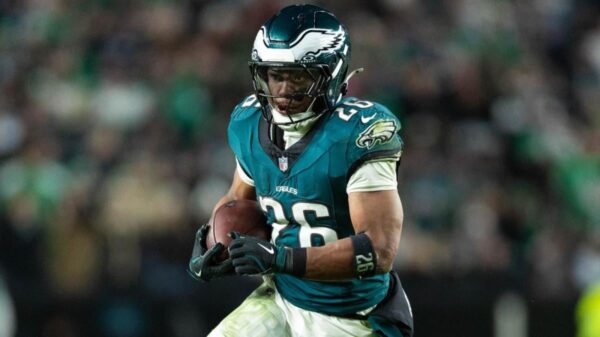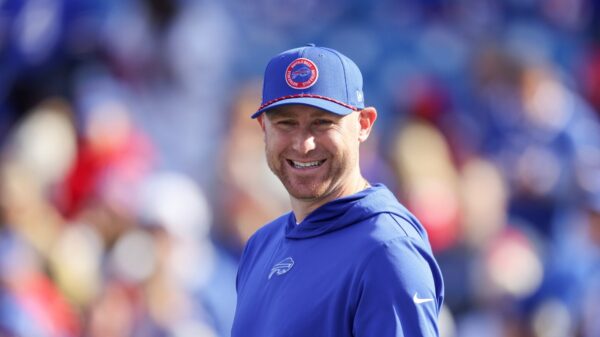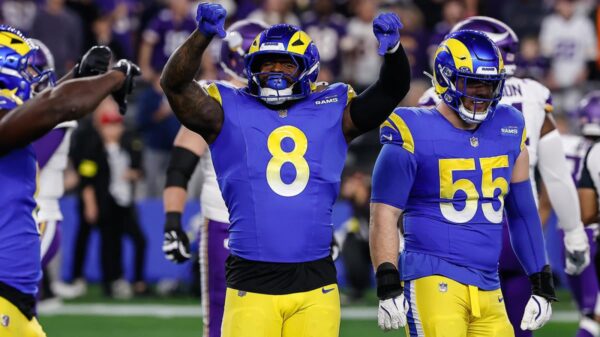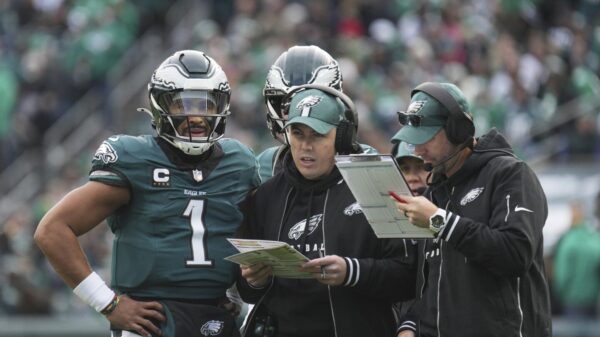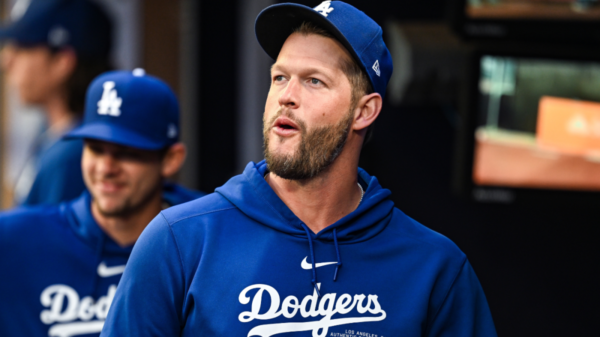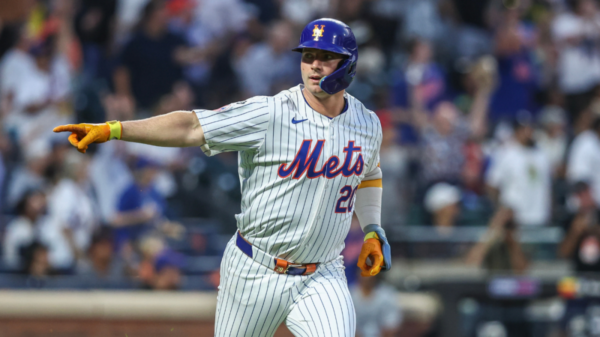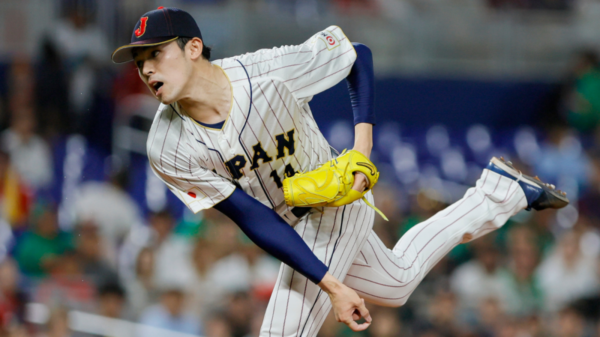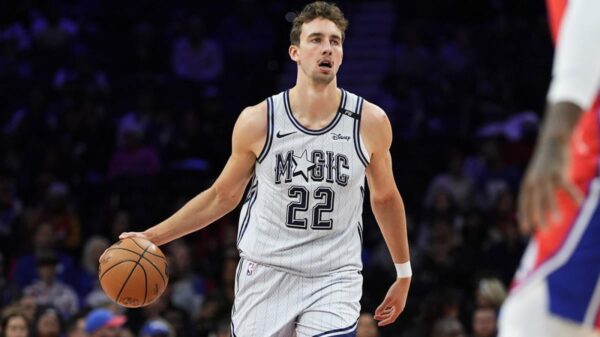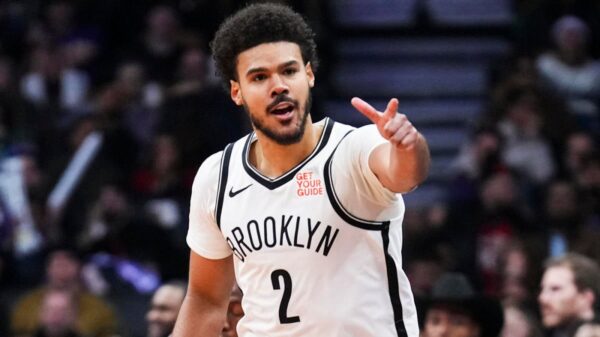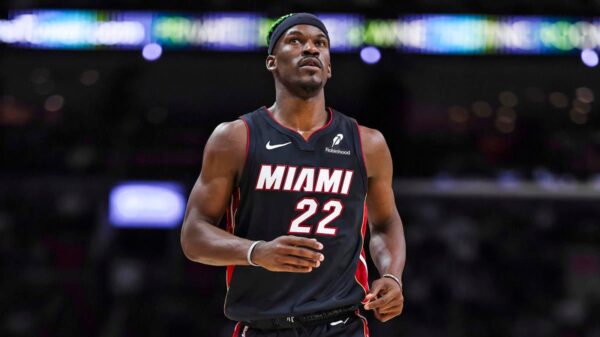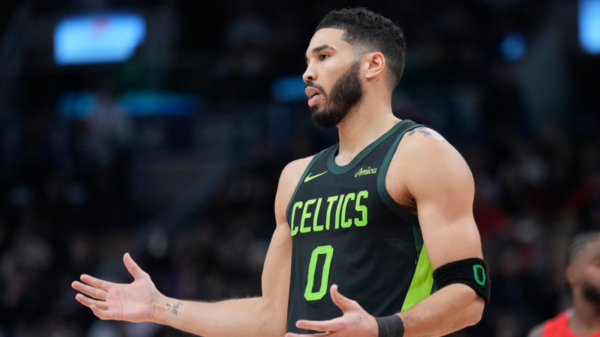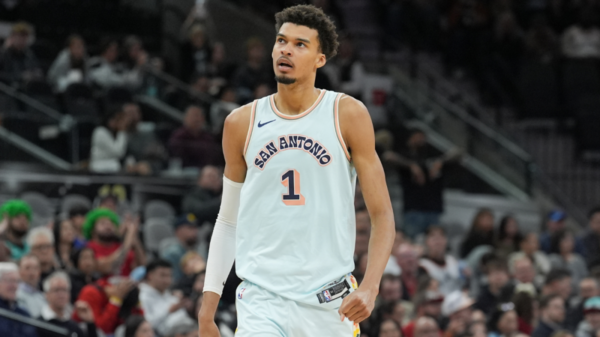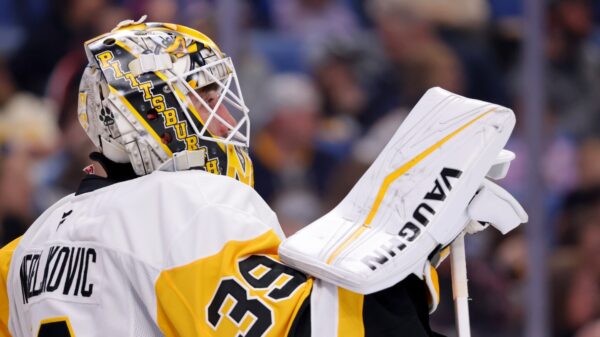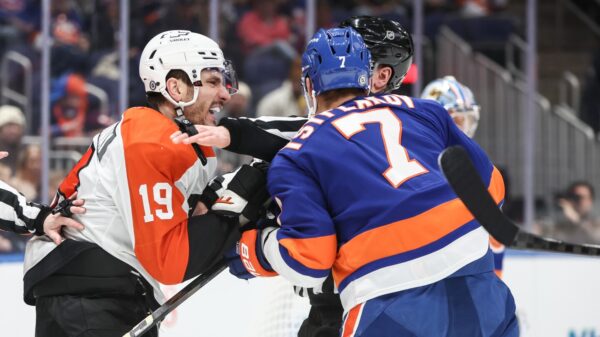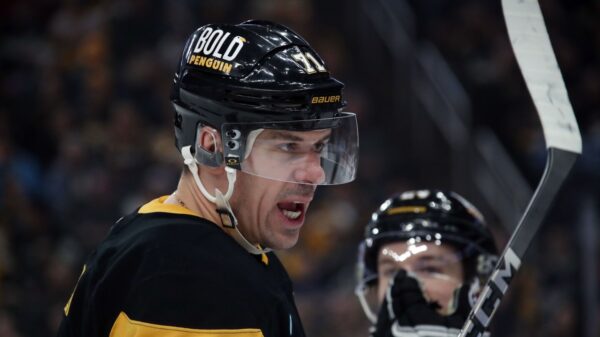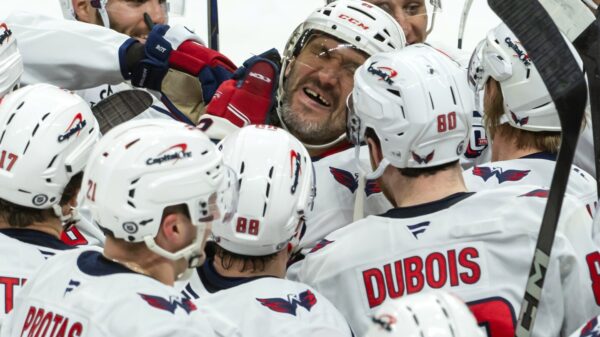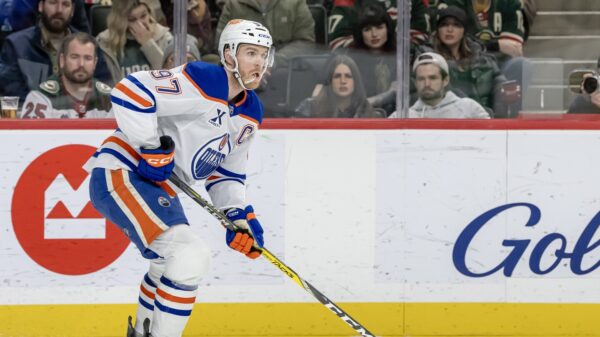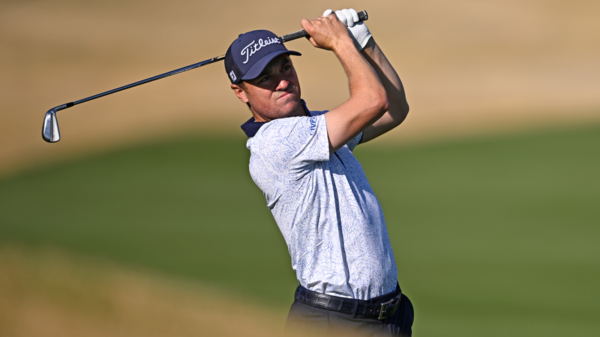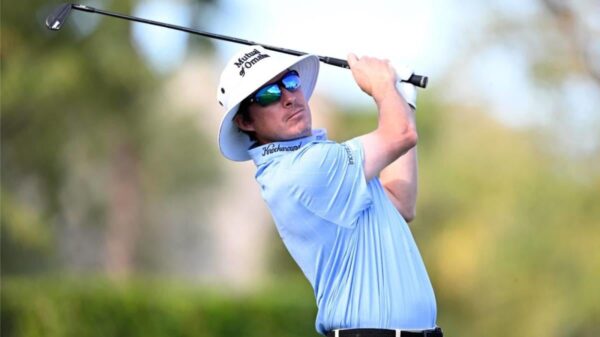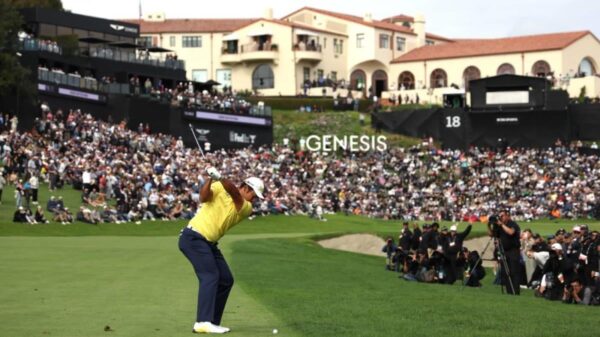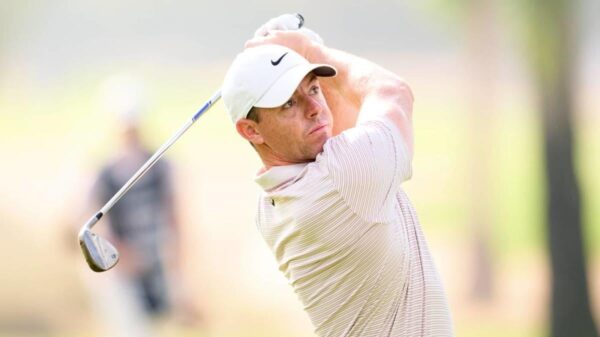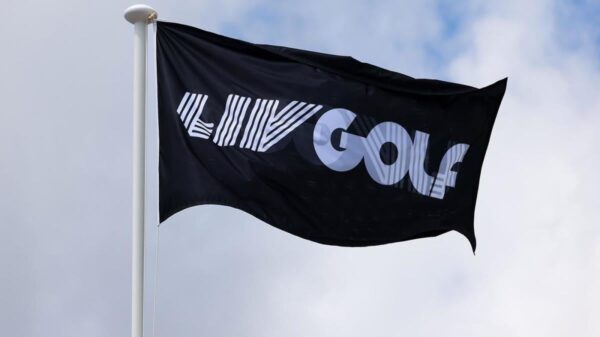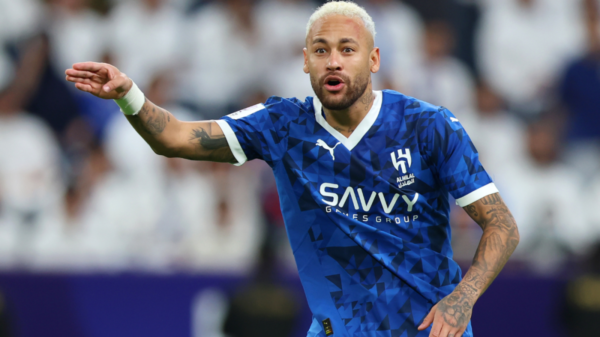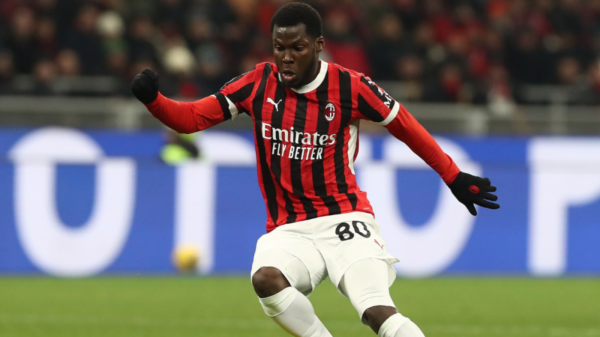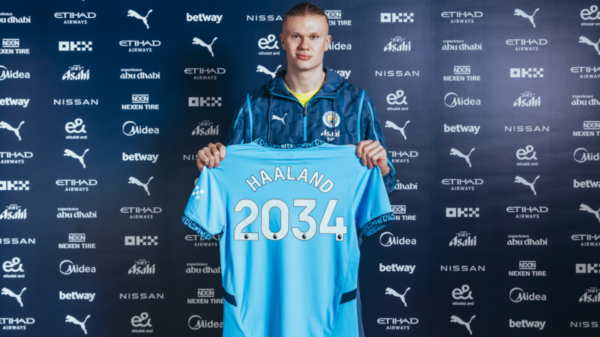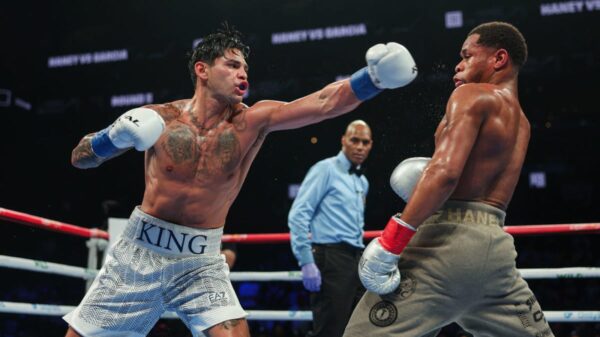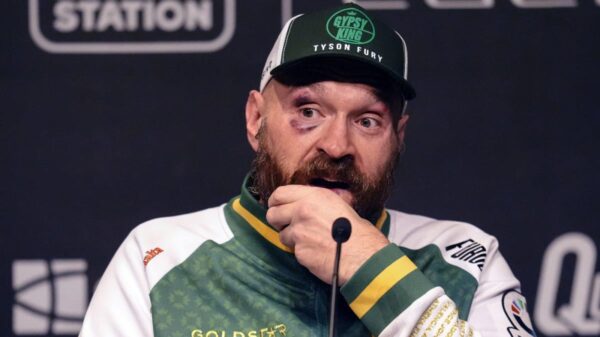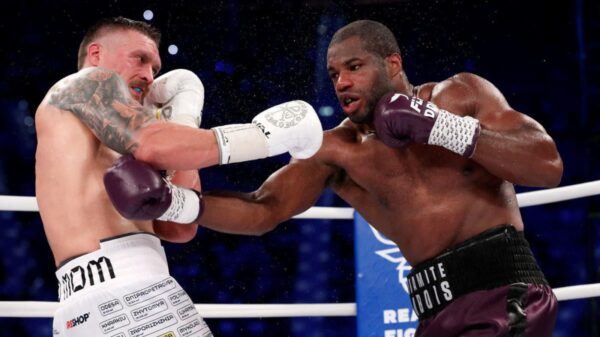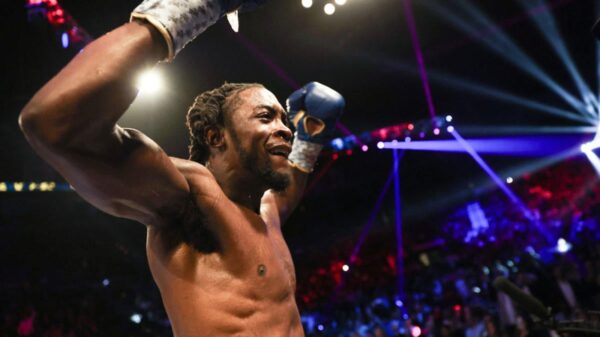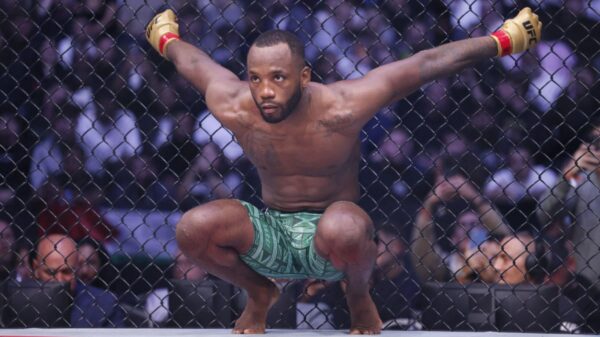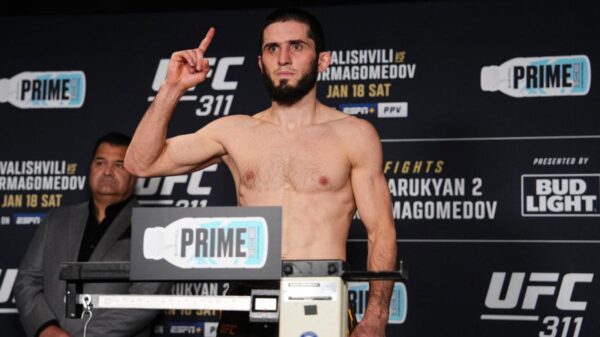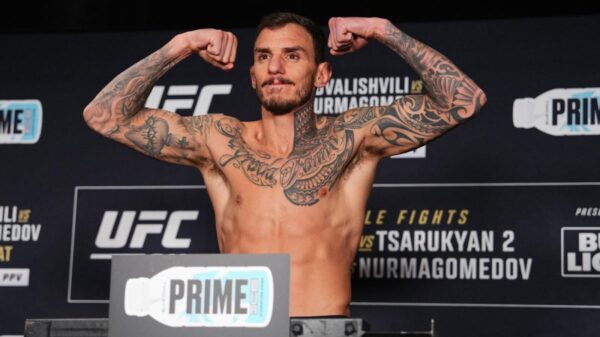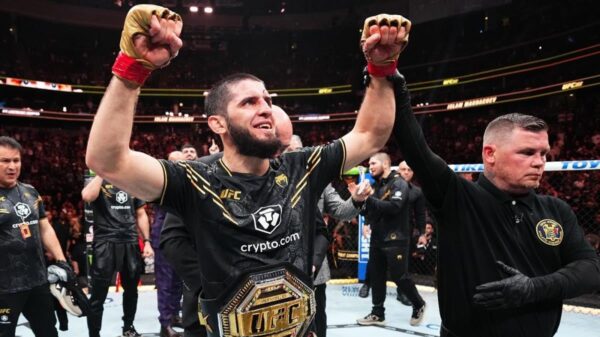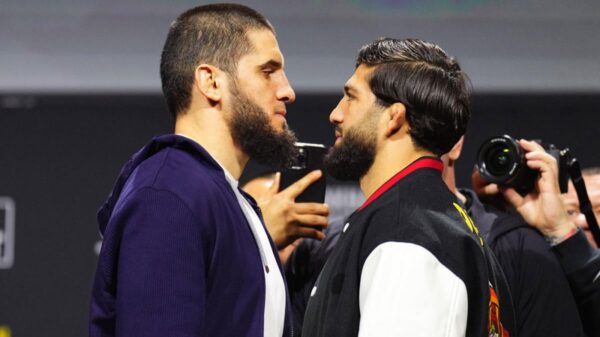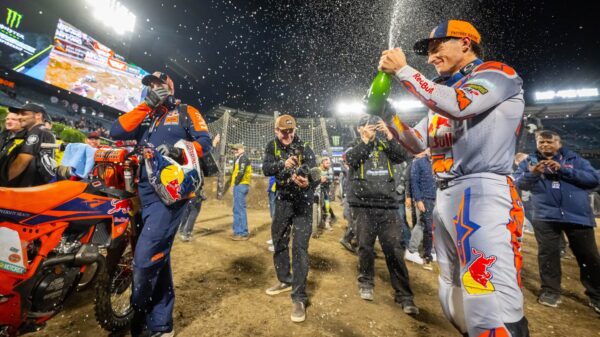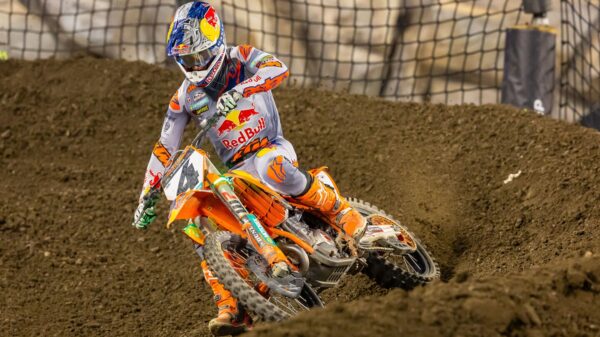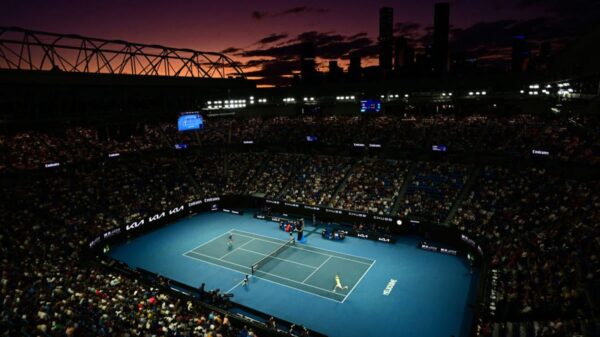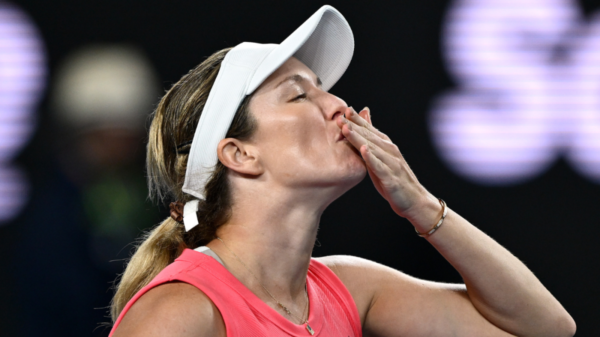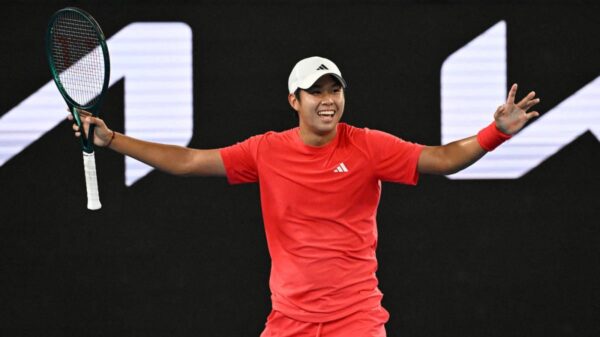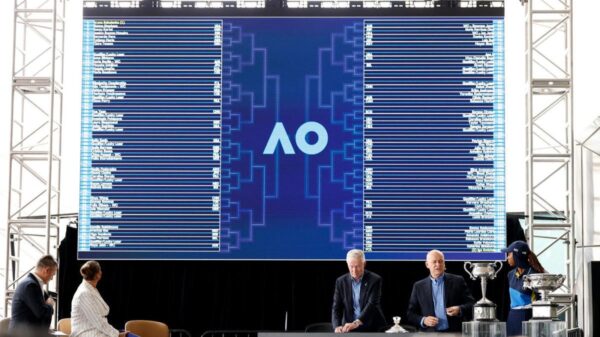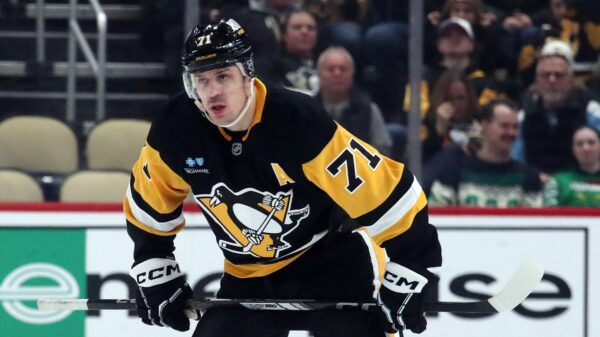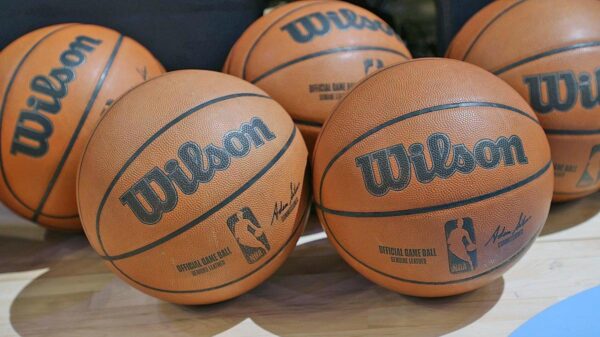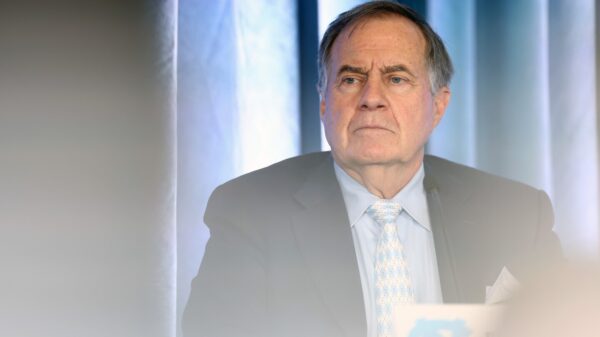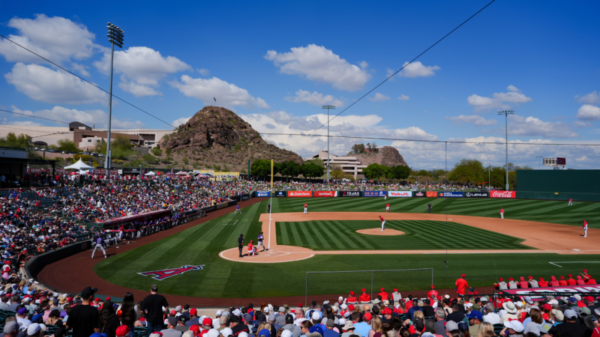Our long wait is finally over. After being posted by the Chiba Lotte Mariners of Nippon Professional Baseball back on November 9th, Rōki Sasaki has finally signed with an MLB team, agreeing to an international minor-league contract with the Los Angeles Dodgers which will come with a $6.5 million signing bonus.
Japanese star Roki Sasaki signed with the Los Angeles Dodgers, he announced on Instagram. The 23-year-old right-hander with a sizzling fastball and deadly splitter joins Samurai Japan teammates Shohei Ohtani and Yoshinobu Yamamoto with the World Series champion Dodgers.
— Jeff Passan (@JeffPassan) January 17, 2025
Despite a last-ditch effort by the Toronto Blue Jays and an earlier belief that the Padres might have presented an alluring option, Sasaki wound up choosing the destination many predicted for him from the start and will be the latest big-name free agent to join the Dodgers’ new Evil Empire.
While the Dodgers, deep pockets and willingness to defer millions of dollars have become incredibly attractive to many free agents, there was a belief that Sasaki‘s status as an international free agent could level the playing field. Every team who wanted to sign him was only eligible to offer him the money they had in their international signing pool for 2025. Other teams offered more money and more job security in the rotation, including the Blue Jays, who had over $2 million more to offer than the Dodgers, but in the end, none of that mattered. Sasaki wound up with the Dodgers, which may have always been how this would turn out months ago when the process began.
So what does it all mean?
Earlier this offseason, I wrote an article breaking down Sasaki’s resume, his pitch mix, and why so many teams were lining up to sign him, so I encourage you to check that out if you want a detailed breakdown of who he is as a talent. In this article, we’ll focus more on what this means for the Dodgers, the teams who swung and missed on the Japanese right-hander, and Sasaki’s fantasy value in 2025.
What does this mean for the Dodgers?
The Dodgers didn’t sign Sasaki to have him pitch in the minor leagues, so he should be expected to join the MLB rotation from the start of the season. That improves the Dodgers from having a great rotation to, well, a great rotation. But anytime you can add a pitcher who has a 2.02 ERA over his last four seasons with a 0.88 WHIP, and 524 strikeouts to 91 walks in 414.2 innings, you know you’re making your rotation better.
However, the Dodgers do seem primed to use a six-man rotation. They added Blake Snell to their rotation this off-season, but Yoshinobu Yamamoto dealt with injuries last year, Shohei Ohtani is in his first year pitching after coming back from Tommy John surgery, Tyler Glasnow ended last year on the IL dealing with an elbow issue, Tony Gonsolin missed all of last season with an injury, and young pitchers Bobby Miller and Dustin May missed significant time with injuries last year. Whether the Dodgers start the year in a true six-man rotation or reconfigure their rotation as the year goes on to keep innings in check, it’s a safe bet to assume that the aforementioned starters will all be on some sort of innings watch.
That should also apply to Sasaki, who pitched only 91 innings in 2023 due to an oblique injury and then dealt with a few issues with upper-body fatigue in 2024 which limited him to 111 innings. He had thrown just 129 1/3 innings in a fully healthy 2022 season as well, so it’s safe to assume the Dodgers will be careful with his workload in 2025. While it might not be a hard innings cap, it would be a stretch to assume over 150 innings for any Dodgers starter in 2025.
What does this mean for the Blue Jays?
It’s yet another heartbreak for a Blue Jays team that finished runners-up in their pursuit of Shohei Ohtani, Juan Soto, and Corbin Burnes. The Blue Jays do have a mostly full rotation, and starting pitching won’t be a weakness for them in 2025, but Sasaki would have given them a young potential ace to help prop up an aging and declining rotation headlined by Kevin Gausman, Jose Berrios, and Chris Bassitt.
Landing Sasaki would have also been a huge feather in the cap for the Blue Jays as they try to convince Vladimir Guerrero Jr. to stay in Toronto long-term. The Blue Jays even went as far as to take on the remaining $14 million of Myles Straw’s contract from Cleveland in exchange for more international signing bonus money to offer Sasaki.
It still wasn’t enough and the Blue Jays are now on the hook for over $10 million of Straw’s contract. If that prevents them from adding any additional talent this offseason, it’s another brutal blow for the Blue Jays.
Where should you be drafting Rōki Sasaki in 2025 fantasy baseball drafts?
In some respects, this was the best landing spot for Sasaki because the team context couldn’t get any better. However, the aforementioned innings concerns and the crowded rotation will make his workload a bit riskier than had he signed in San Diego or Toronto. We also have some potential concerns that I outlined in my article (linked above) that Sasaki also saw a dip in both movement and velocity on his fastball in 2024 as he dealt with arm fatigue. If that velocity doesn’t come back right away then we have to adjust our expectations for the pitcher Sasaki will be in 2025.
Still, I would be easily taking Sasaki 1.1 in First Year Player Drafts and drafting him inside the top 50 overall in dynasty formats.
Sasaki put up better numbers than Yamamoto in Japan, and Yamamoto finished his first season with the Dodgers putting up a 3.00 ERA, 1.11 WHIP, and 105 strikeouts in 90 innings. Sasaki’s 28.4% K-BB% over the last three seasons in Japan is 6% better than Shohei Ohtani, Yu Darvish, and Yoshinobu Yamamoto when they came over. Since Ohtani has a 3.01 MLB ERA and Yu Darvish has a 3.58 MLB ERA, it seems fitting to assume that Sasaki can post a low 3.00 ERA when he comes stateside. It’s an imperfect comparison, but as a baseline, it’s not a bad guidepost to use for the type of stat line Sasaki is capable of doing.
In my article earlier this off-season where I broke down Sasaki‘s pitch mix, I projected he would finish with an ERA around 3.10 – 3.30 with something around a 28-29% strikeout rate. Now that he has officially landed with the Dodgers, I think we can project him for those stats with somewhere between 130 and 140 innings. That could give him around 10 wins and 160 total strikeouts, which would put him around what Tyler Glasnow did in 2024 when he had a 3.49 ERA, 0.95 WHIP, nine wins, and 168 strikeouts. According to the FanGraphs Player Rater, that was good enough for SP20 on the year.
Maybe you want to think of Sasaki as Luis Gil with slightly better ratios since Gil struck out 171 batters in 151 innings but had a 3.50 ERA and 1.19 WHIP. Gil finished as SP26 on the FanGraphs Player Rater, so you’re probably still looking for Sasaki to finish around SP18-22.
Now, that prediction is conservative, but I don’t think it’s unreasonable. The innings limitations will be real and while there is a chance that Sasaki can come over to the states and dominate, we’ve yet to see a foreign pitcher come over and have a Paul Skenes-type season in his first taste of MLB action. Could it happen? Sure, but I don’t believe in paying for it to happen.
How does Rōki Sasaki impact the rest of the Dodgers’ rotation?
I’m not sure we can say that Sasaki’s landing with the Dodgers impacts the fantasy value of any pitcher with any certainty. As I mentioned above, there are injury question marks for many of the starters in the Dodgers rotation, and it would have been risky to assume any of them would have pitched a full season‘s workload. We know that Ohtani will be watched closely in his first year back from Tommy John surgery, so Sasaki‘s presence shouldn’t impact Ohtani’s innings totals.
Snell, Glasnow, and Yamamoto figure to get as long of a leash as they are capable of during the season, but Glasnow has always had injury concerns, so projecting him for anything over 130 or 140 innings is a risk, whether Sasaki is his teammate or not.
That means the pitchers most impacted by this are the pitchers who we never expected to lock into a rotation spot anyway. Guys like Landon Knack, Dustin May, Tony Gonsolin, and Bobby Miller are now limited to end-of-draft flyers in the off chance they have a great spring training and can fight their way into a rotation spot at the start of the season. The signing of Sasaki could also be a sign that Dustin May, who has struggled with injuries throughout his career, could land in the bullpen where his 100 mph sinker and slider could make him an effective late-inning reliever.
Whatever the fallout is, we’ve seen the Dodgers have “too many pitchers” at the start of the season before and many of them still found a way to not pitch a full season, so we shouldn’t adjust our valuations of the other guys too much right now.
Are there any farther-reaching ramifications for MLB?
The international signing period needs to be changed. We knew this before, but Sasaki’s free agency only amplified that. He’s been a professional in one of the best leagues in the world for four seasons but was put into the international amateur signing period because of his age. While some people might argue that this process gave each team a fair chance to sign him because they could only offer him what was in their international signing pool, we know that’s not true. Money wasn’t a deciding factor for Sasaki because he’s on a minor league contract right now that can be re-negotiated later to match the pockets of the organization that signed him.
What did happen was that we had a specific timeline put on Sasaki’s free agent process, which drew the whole thing out. We also had multiple teams hold off on signing their international free agents (who actually are amateurs) or tell them that they needed to find other teams to sign with. It may seem like a small deal, but it’s certainly something Major League Baseball needs to look into if more players from foreign leagues are going to try and come to the States when they’re younger.
Read the full article here

